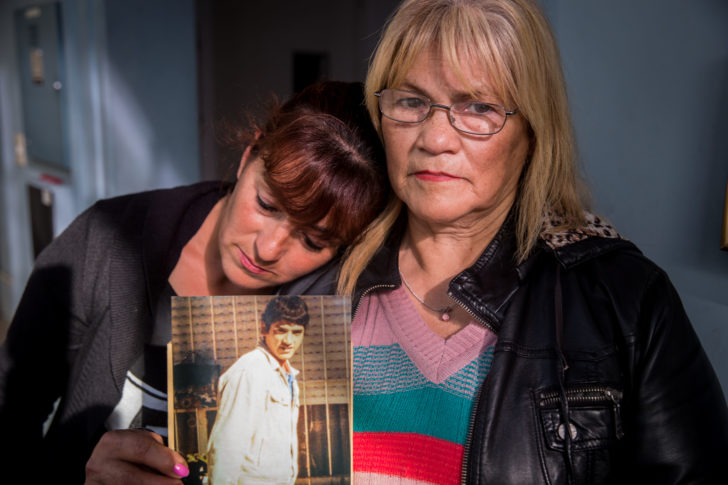On the night of October 15, 2005, prison agents burst into Pavilion 16 of the Magdalena prison, in the province of Buenos Aires, shooting rubber pellets to quell an argument between a few detainees. When a fire broke out at the back of the barracks, the agents withdrew, put a padlock on the door, and left. Thirty three people died in the blaze, and two survived thanks to the rescue efforts of fellow inmates.
On August 15, 2017, the trial over the “Magdalena massacre” began. Fifteen prison agents are accused of abandonment of persons followed by death, and two high-ranking officials are charged with involuntary manslaughter since the detainees were held in facilities that lacked proper authorization or safety equipment. The fire extinguishers were empty and outdated, and there was no way to pressurize water for the fire hoses on site.
This situation was compounded by overcrowding, which is a grave structural problem in the prisons of Buenos Aires province. At the Magdalena pavilions, individual detainees had just four square meters of space to themselves – half of what international standards dictate.
At the trial this week, a former detainee from another barracks who had tried to rescue those trapped in Pavilion 16 testified. He recalled how he and others used heavy objects to gouge holes in the wall and break windows to gain access to the smoldering structure. He remembered one man in particular, who was standing next to a window trying to escape the smoke. “He was fainting, I didn’t know if he was intoxicated or dying. I tried to hug him and hold him up, so he wouldn’t fall…I told him, ‘hang on, hang on,’ but he collapsed.”
When this witness entered the smoke-filled pavilion to help remove victims, forming a human chain with others, he recalled: “there were some bodies piled on top of each other. I thought someone could still be alive.” At one point he reached the area where the communal sink and showers were located, about midway into the pavilion. There were two men bent over the sink with their heads inside it and water running from the tap. “They were already dead,” he said.
With the exception of one prison official, no other agent helped in the rescue effort. “I didn’t see anyone. They weren’t there,” the witness recalled. “No one from the penitentiary service was helping.”
More than 400 witnesses will testify over the course of the trial, in which CELS, the Colectivo de Investigación y Acción Jurídica (CIAJ) and the Comisión Provincial por la Memoria (CPM) are representing victims’ relatives.
Pavilion 16 was built along with three others in the backyard of the main Magdalena prison building, at a time when the provincial prison system was overflowing. This overcrowding continues today and over 3,000 people are being held illegally in police stations, despite a Supreme Court decision that ruled this practice unconstitutional. Six months ago, an episode similar to that of Magdalena occurred in the Pergamino police station: seven people being detained there died, trapped in a fire. Court evidence indicates that police agents did nothing to prevent the fire or to save the detainees once the fire broke out.
Part of the prison overcrowding problem stems from the widespread use of pretrial detention for people who are accused of crimes, but not yet convicted. Of the 58 people originally detained in Pavilion 16 at the Magdalena prison, only two had final convictions.
The Inter-American Commission on Human Rights (IACHR) and the UN Committee Against Torture have repeatedly urged the Argentine state to rectify the inhuman detention conditions in the prisons of Buenos Aires and other provinces.
CELS represents Rufina Verón (pictured above), whose son, César Javier Magallanes Verón, was killed in the Magdalena prison fire. “I am never going to get my son back,” Rufina said, “but I’m following this trial and want there to be justice, so these things don’t happen again.” After a brief pause, she added: “Because I believe nothing has changed.”
*Photo: Belén Grosso

